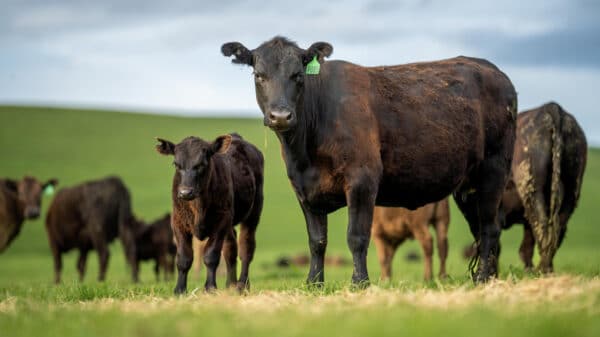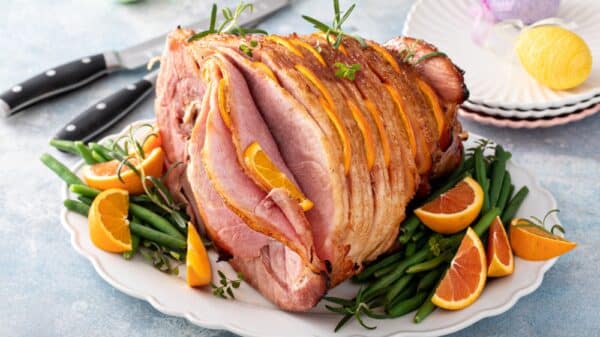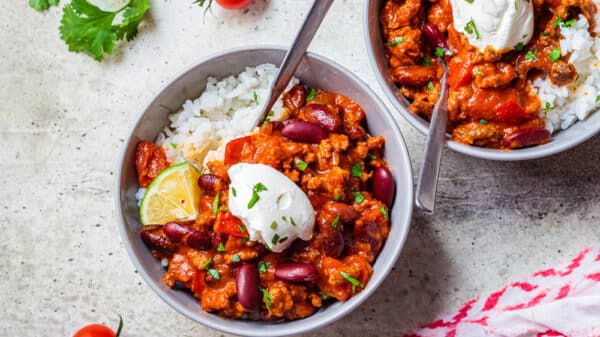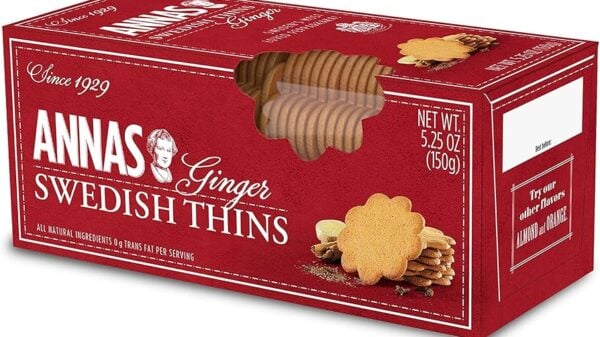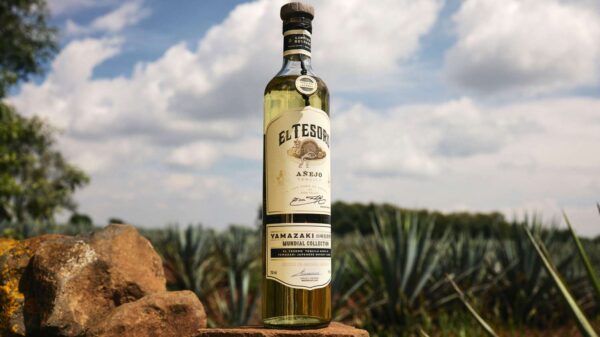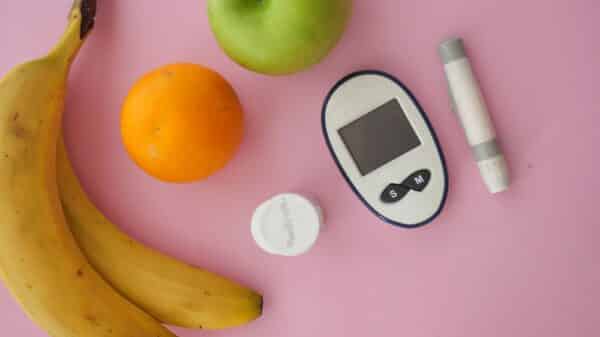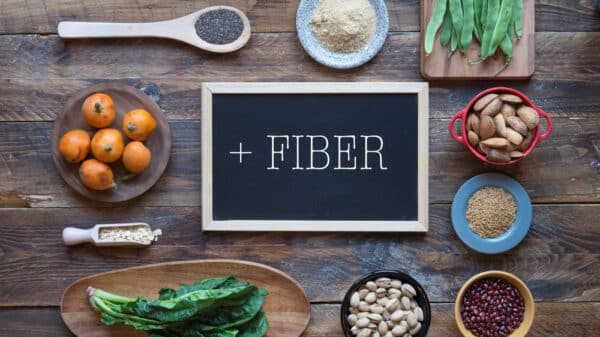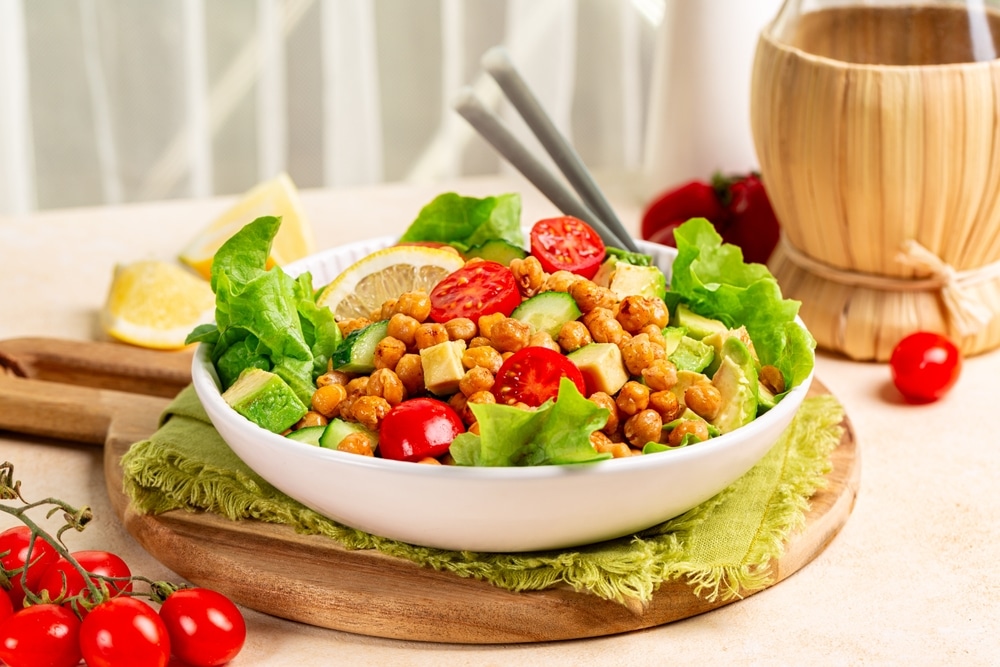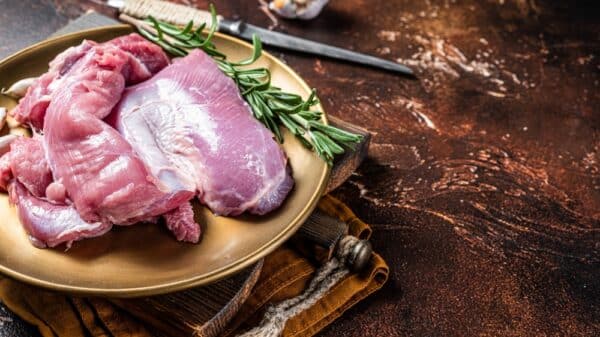Now, you might wonder why it matters whether protein is complete or not. Complete proteins provide all the essential amino acids your body needs to function optimally, making it easier for you to maintain muscle mass, repair tissues, and support your overall health. On the other hand, most plant proteins are classified as “incomplete” because they lack one or more essential amino acids. However, combining different plant-based foods—like beans and rice or hummus and whole-grain pita—can create a complete amino acid profile and still give you all the benefits you need.
Understanding the difference between these protein sources is more than just a food science lesson; it can help you tailor your diet to meet your specific health goals. Whether you’re aiming to build muscle, recover from an injury, or simply enhance your overall well-being, being intentional about the types of protein you consume can make a real difference.
Furthermore, it’s vital to pay attention to how you prepare and consume these protein sources. Processed meats or fried options can negate many of the health benefits associated with protein. Moderation is key, and choosing lean cuts of meat or opting for grilled fish can bolster your protein intake without unnecessary extra calories or unhealthy fats.
When it comes to plant-based proteins, integrating a variety of sources ensures you’re not only getting ample protein but also a wide array of vitamins, minerals, and antioxidants. Think of incorporating sources like chickpeas, lentils, and edamame, which are not only high in protein but also fiber-rich, promoting digestive health and keeping you full longer.
In conclusion, protein is not just a dietary afterthought; it’s a vital building block of life. From muscle repair to enzyme function, this essential macronutrient is intricately involved in nearly every process in your body. As you think about your own diet, remember that a variety of protein sources—both plant and animal-based—will contribute to your health in meaningful ways. Being mindful of the quality and type of protein you consume will help you not just meet your dietary needs, but thrive in your daily activities. So, next time you’re at the grocery store or deciding what’s for dinner, think about how you can create a balanced mix of protein sources that will support your health journey.
When it comes to protein, many folks often associate it with meat, dairy, and eggs, but the truth is that plant-based options can offer just as much, if not more, nutritional value. Experts like Bihuniak point out that while some animal proteins contain higher levels of specific amino acids, like leucine—crucial for muscle protein synthesis—you can absolutely meet your protein needs with plant sources. The key lies in variety. If you indulge in a range of beans, legumes, nuts, and whole grains, you’ll be able to ensure you’re getting all the essential amino acids your body requires.
For decades, a common misconception lingered that vegetarians and vegans had to meticulously combine various foods to create “complete proteins.” This idea was especially prevalent during the rise of vegetarianism in the ‘60s and ‘70s, prompting many to pair specific foods—think whole-grain bread slathered with peanut butter or a comforting bowl of beans and rice—to achieve the smorgasbord of amino acids. However, recent research has shown that plant foods naturally contain all the essential amino acids. They may simply offer smaller amounts of specific ones. So yes, you can easily satisfy your body’s protein requirements on a plant-based diet; just be intentional about diversifying your plate and perhaps enjoy a bit more food overall.
If you’re wondering where to source quality protein, consider some of these options:
– Chicken Breast (cooked, skinless): A lean source with about 26 grams of protein in a 3-ounce serving.
– Eggs: A staple in many diets, packing about 6 grams of protein in a large egg.
– Greek Yogurt (plain, low-fat): This creamy treat delivers around 20 grams of protein per 7-ounce serving.
– Tofu (firm, raw): A versatile ingredient that offers about 15 grams of protein for every 3-ounce serving.
– Lentils (cooked): Super nutritious, with 18 grams of protein per cup.
– Chickpeas (cooked): Also offer 15 grams of protein per cup, and they’re great in salads or soups.
If you’re keen to amp up your protein game, consider trying your hand at high-protein recipes. Whether you’re mixing it into smoothies, tossing it into salads, or making hearty stews, there are endless ways to incorporate these foods into your daily meals.
Now, you may be concerned about whether you’re getting enough protein. It turns out that many Americans might be overindulging rather than falling short. If you include protein in most of your meals and often opt for protein-rich snacks, you’re likely on the right track. According to nutrition experts, the average adult’s basic protein requirement is around 0.8 grams per kilogram of body weight—so for someone weighing 140 pounds, that translates to approximately 50 grams of protein daily.
But don’t forget: That’s the minimum! Your individual needs can vary greatly based on exercise level, age, and health. For instance, athletes or those engaged in intense strength training may need over 1 gram of protein per kilogram. And if you’re in a weight loss journey, a thoughtful increase in protein can help you maintain muscle while shedding fat.
Yet, as with anything in life, too much of a good thing can come with its own set of challenges. Excessive protein can create unnecessary stress on your kidneys, leading to potential long-term health issues. It can also cause dehydration if you’re not pairing it with enough water. Moreover, high-protein diets that skimp on carbs may miss out on essential fibers and nutrients, leading to digestive woes.
Ultimately, the goal should be balance. Including a variety of protein sources at each meal is crucial for overall wellness. Nutritionists recommend making at least a quarter of your plate protein-rich, and swapping those midday chips for snacks like nuts, yogurt, or cheese can go a long way in achieving this.
Remember, we don’t eat nutrients in isolation; we eat whole foods. Eating foods like black beans provides not just protein, but also a wealth of fiber, antioxidants, and other beneficial components that nourish our bodies. It’s essential to look beyond just the protein content and appreciate the complete nutritional package offered by these foods. After all, a well-rounded diet is the best way to support your health.
Image Source: OlgaBombologna / Shutterstock

